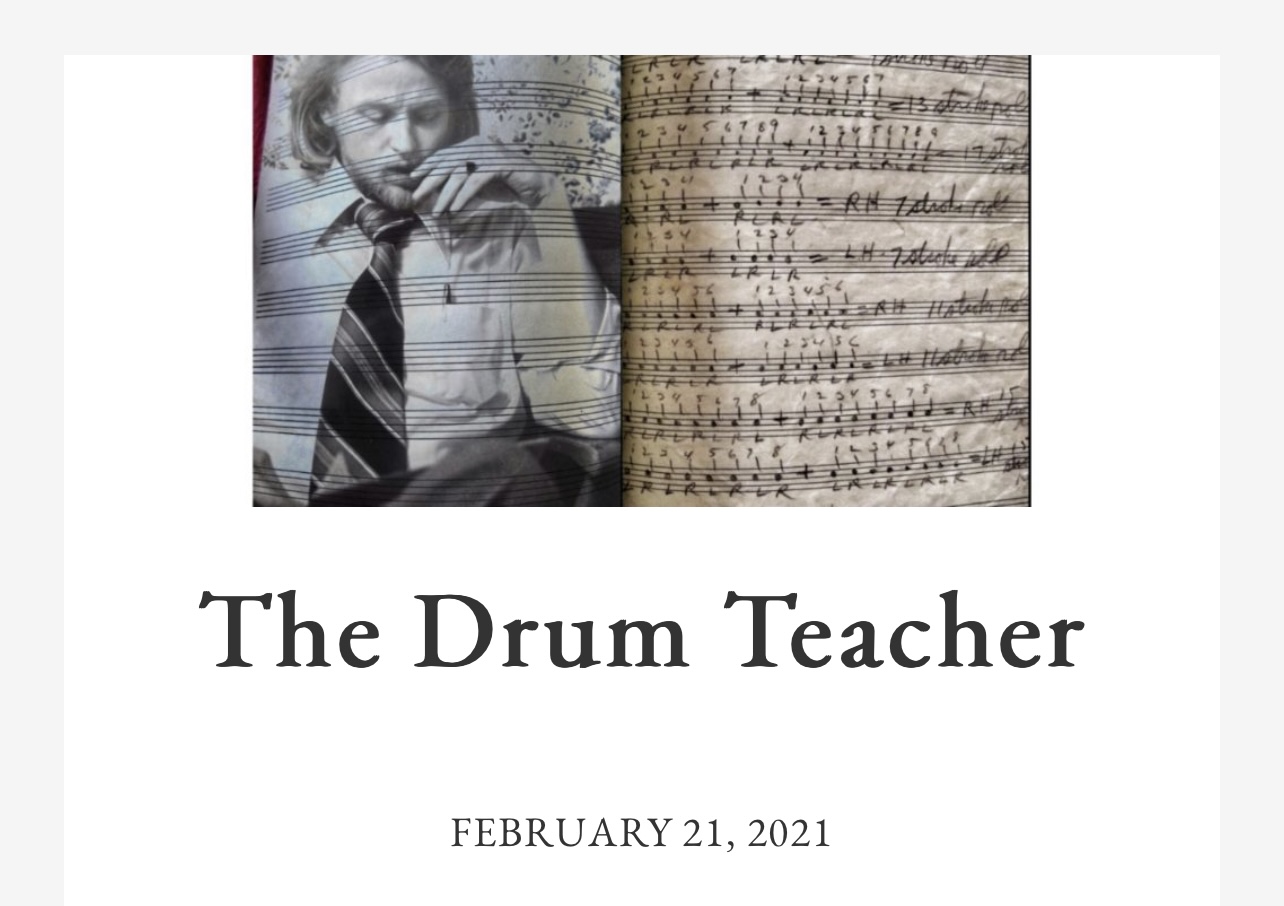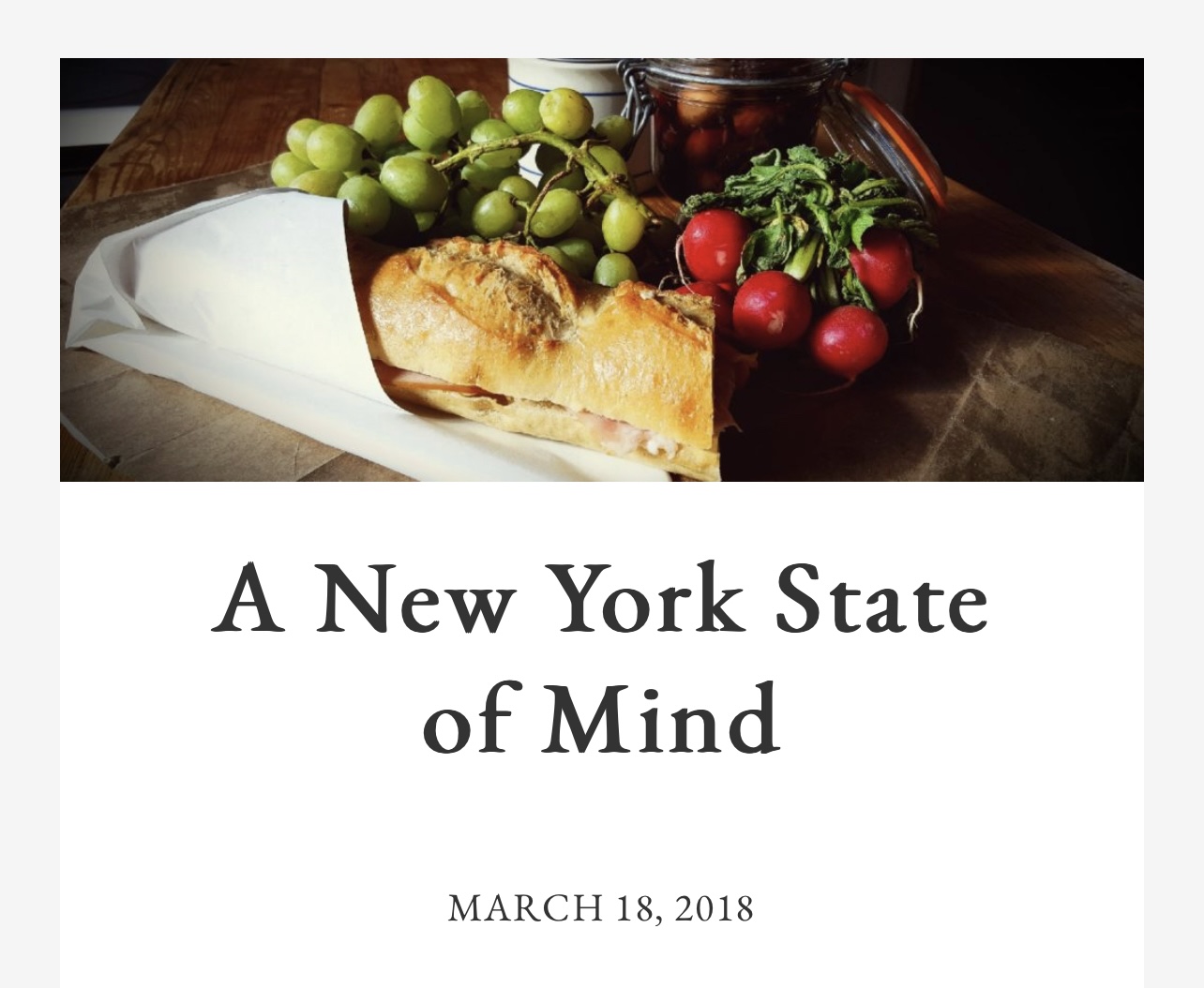I couldn’t remember the last time I’d flown anywhere, until I was reminded that I was in a coma that January night I was life-flighted to Denver. Geri remembered the flight: huddled against my prone self in a cramped fuselage of a plane that seemed like a cork in an ocean of rough waters.
All things considered, being in a coma for a flight isn’t too bad a thing. I missed the discomfort turbulence brings, the interminable airport lines, the pithy remarks from the pilot, the TSA indignities (“Do I look like I might have a bomb in my shoe?”), just not in that order. We landed, I was told, at a private airport so I wouldn’t have to go through any check points.
This past week, I followed the flight protocols in order. Twice. Once going to Denver; the second, coming back to Bozeman. It was a lovely three days that featured ethnic foods that are not widely available in the Last Best Place and a doctor’s appointment that offered little resolve to a specific medical problem of mine. While there was (is) no reason for concern, it was, however, an expensive adventure to be told to just keep keepin’ on. (In the process, they did diagnose a hernia. It’s always something.)
Flying, like train travel to an older generation, used to have a touch of elegance to it. One dressed up for a flight that offered hot meals, free cocktails, and a promotional package of three cigarettes. (I remember my mother, a smoker, confiscating my free cigarettes on a flight from Chicago to Phoenix when I was in the seventh grade.) There were no fees for baggage (although there was a weight limit), so carry-on items tended to be small, limited to what one might need in the course of a three-hour flight.
Children were taken to the cabin to inspect the flight deck and were given little plastic wings to demonstrate—what? It was nonetheless a very cool thing at a time when few children were given the opportunity to fly. I was in the second grade the first time I flew, and I wore my wings with great pride.
Things have changed. Today one can witness more people wearing what seem to be pajamas than suits or dresses. There are lines for everything and nothing besides the 1/2-ounce bag of pretzels and a soft drink are gratis.
Midway through the 1960s, airlines started offering smoking sections on most flights. They were kind of ridiculous in that it was the same air being pumped throughout the plane. Like it or not, second-hand smoke was reaching the non-smokers. By 1994, the smoking of cigarettes was illegal (pipes and cigars had been banned earlier) and if you messed with the smoke detectors in the bathrooms, you were looking at a possible life sentence for what were federal offenses.
My flights this week on what seemed to be recently minted aircraft all still had the lighted warning about no smoking. The flight attendant also reminded us that e-cigarettes and smokeless tobacco were not allowed. I’d love to see them catching a guy with a lip full of snoose or a cheek full of Red Man.
One might think that by now everybody alive knows how to fasten a seat belt, yet still they feel compelled to demonstrate that tricky little move. Then comes the explanation about the seat-belt sign which, once again, we either know about or can figure out on our own.
Next comes a demonstration about using the masks that may fall from the overhead compartments in case of a sudden drop in oxygen. Here’s how I see it: There are about 250 of us flying at 36,000 feet and the little masks drop. Suddenly, we’re dropping out of the sky like a wounded duck. To hell with the oxygen. Why would I want to prolong this horrifying dive to a certain death? Besides, I’m not sure one’s screams can be heard through the mask.
Of course, planes don’t crash anymore. They used to fall out of the skies with some regularity in the years immediately following World War II. This pattern remained, improving just enough to put the flight insurance kiosks in every terminal out of business by the mid- ‘70s.
I’ve become a skilled airline passenger over the years, working my way up from being profoundly terrified to needing wheelchair assistance. In Denver, we disembarked on Tuesday 60 gates away from the car rental shuttle. If I was compelled to walk that distance, I would just now be approaching the shuttle. On the return flight, I had the same distance to cover in the opposite direction.
If left walking, I would have given up and found a bar that charged a mere $18 for an ounce of mediocre Scotch. Since I have an active credit card, I might still be there today knocking them back.
At my age, I’m no longer very fearful of dying in a plane crash (we all have to die of something), though I would feel sorry for those going down with me. I still don’t like turbulence and I think they should start serving hot meals and free cocktails. My window of opportunity for free cigarettes closed before I started smoking.
In closing, I’ll pass along some advice given by the pilot Thursday: “Sit back. Relax. Enjoy the flight.”
Yeah, right. Whatever.
Photo illustration by Courtney A. Liska
Tilapia & Shrimp with Mornay Sauce
This is a simple, quick fish dish that I occasionally enjoy at lunch. It’s flavorful and easy. Try it soon.
1 garlic clove, minced
3 large shrimp, shelled & de-veined
1 tilapia fillet
vegetable oil
flour for dredging
½ cup white wine
Dijon mustard
½ cup heavy cream
butter
Parmesan cheese
Parsley
Saute flour-dredged tilapia in oil (2-3 mins. per side). Remove and keep warm. Add garlic. Add wine, reduce. Add mustard & cream. Add shrimp; cook until pink. Add cheese and let thicken. Plate & serve. Garnish with parsley.















